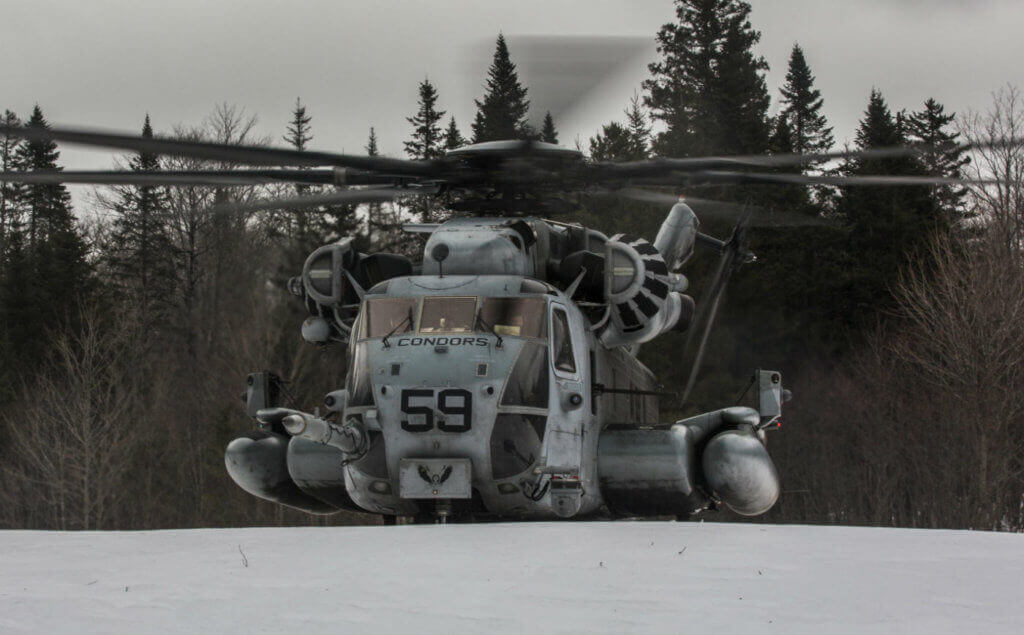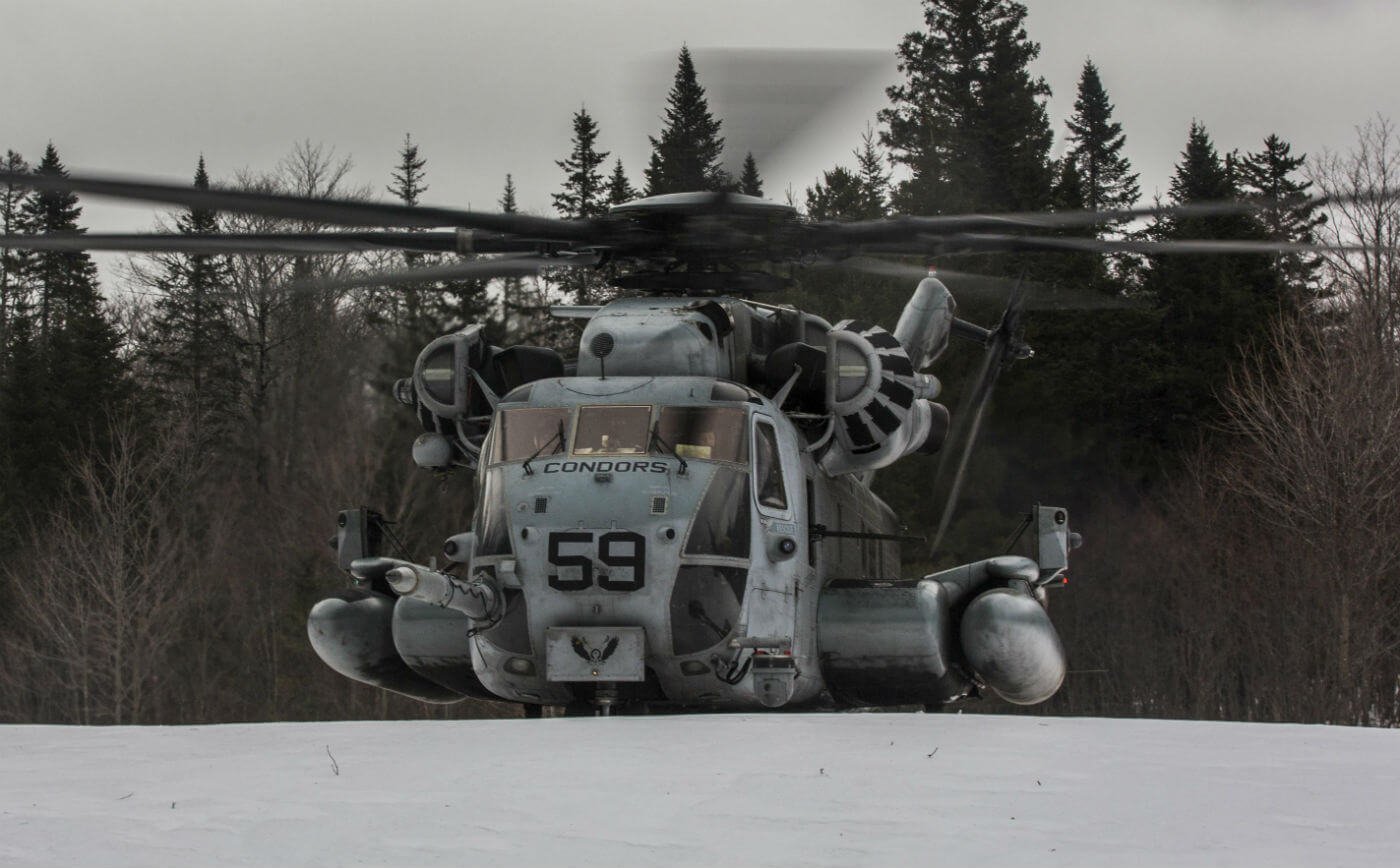Researchers at the U.S. Naval Research Laboratory (NRL) think they are on the path to giving aircraft a way to avoid potentially hazardous icing conditions from a safe distance.

Accumulating ice on aircraft in the air is the result of a weather phenomenon called supercooled liquid clouds.
“Clouds composed of supercooled liquid can cause aircraft to ice over quickly because the liquid water droplets are below the freezing point and will freeze after contact with aircraft surfaces,” said Ian Adams, an electrical engineer in NRL’s Remote Sensing Division.
Adams said supercooled liquid clouds are difficult to detect using conventional ground-based or airborne weather radars. Those instruments do not provide information on the temperature of clouds and precipitation, and supercooled droplets are often too small to be detected by radar.
Adams and colleague Justin Bobak are approaching the problem by investigating the feasibility of a forward-looking passive sensor. Adams presented their work at the recent fall meeting of the American Geophysical Union in San Francisco.
“Having a forward-looking passive millimeter-wave radiometer could be beneficial for both manned and unmanned aircraft,” said Adams. “It would be particularly useful when size, weight, and power requirements restrict the installation of deicing equipment.”
Adams and Bobak started by using observations of arctic mixed-phase cloud structure to create a computer-simulated instrument response of a forward-looking sensor. The simulations were performed using ARTS, the Atmospheric Radiative Transfer Simulator, a state-of-the-art radiative transfer model with 3D capabilities.
“So far, the model shows a strong signal at two distances when compared with a clear sky scenario,” said Adams. “It shows supercooled liquid layers not visible to ground-based radar.”
Further simulation work will expand the set of atmospheric conditions modeled.
Adams and Bobak are also collaborating with NRL Electronics Science and Technology division members Kurt Gaskill, Paul Campbell, and Harvey Newman as well as Marc Currie from NRL’s Optical Sciences Division to investigate the possibility of using graphene in the detector to reduce size, weight, and power for compatibility with small unmanned aerial vehicles.
This work is being funded in part by Maj Jack Holloway of the Office of Naval Research, Code 30.









